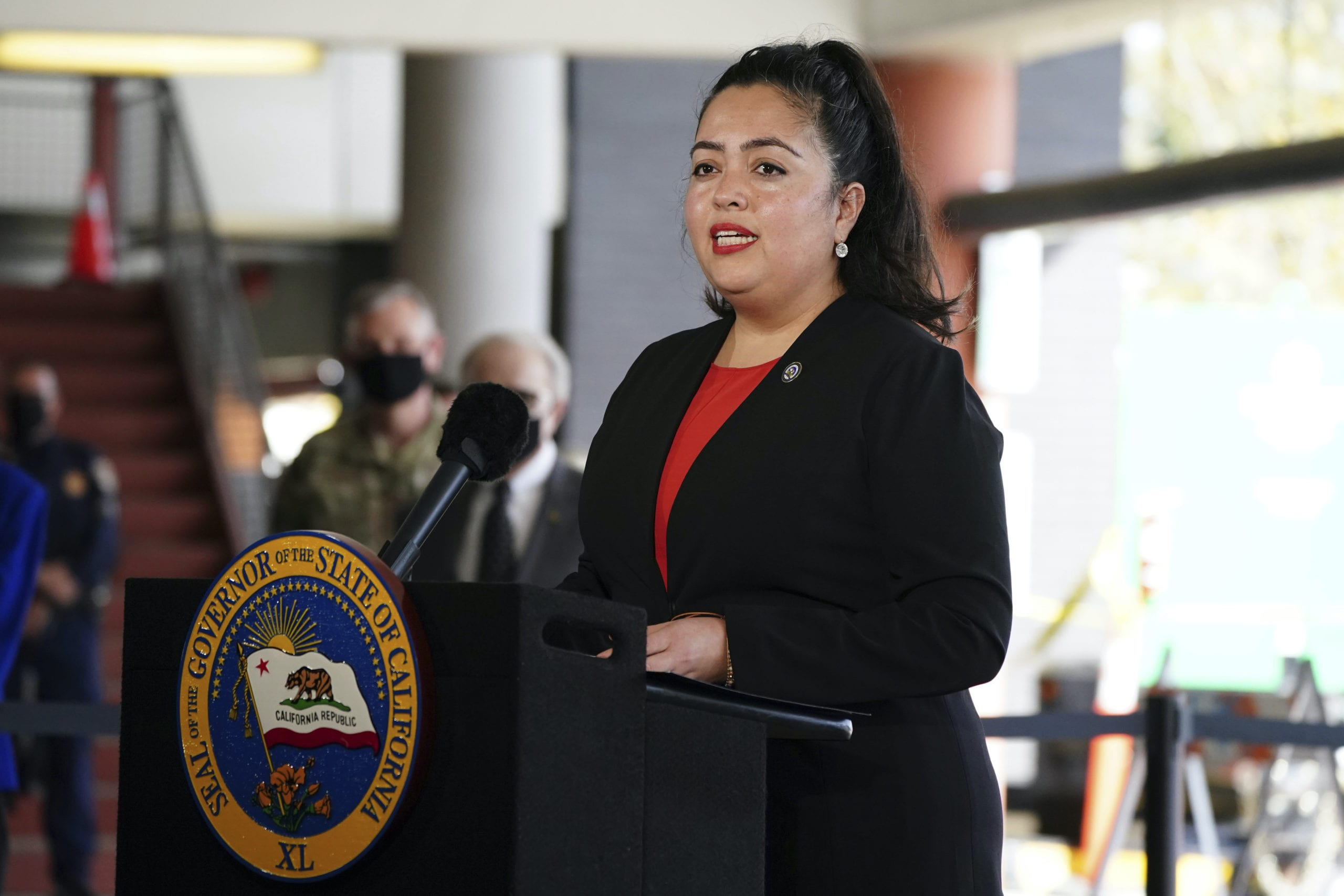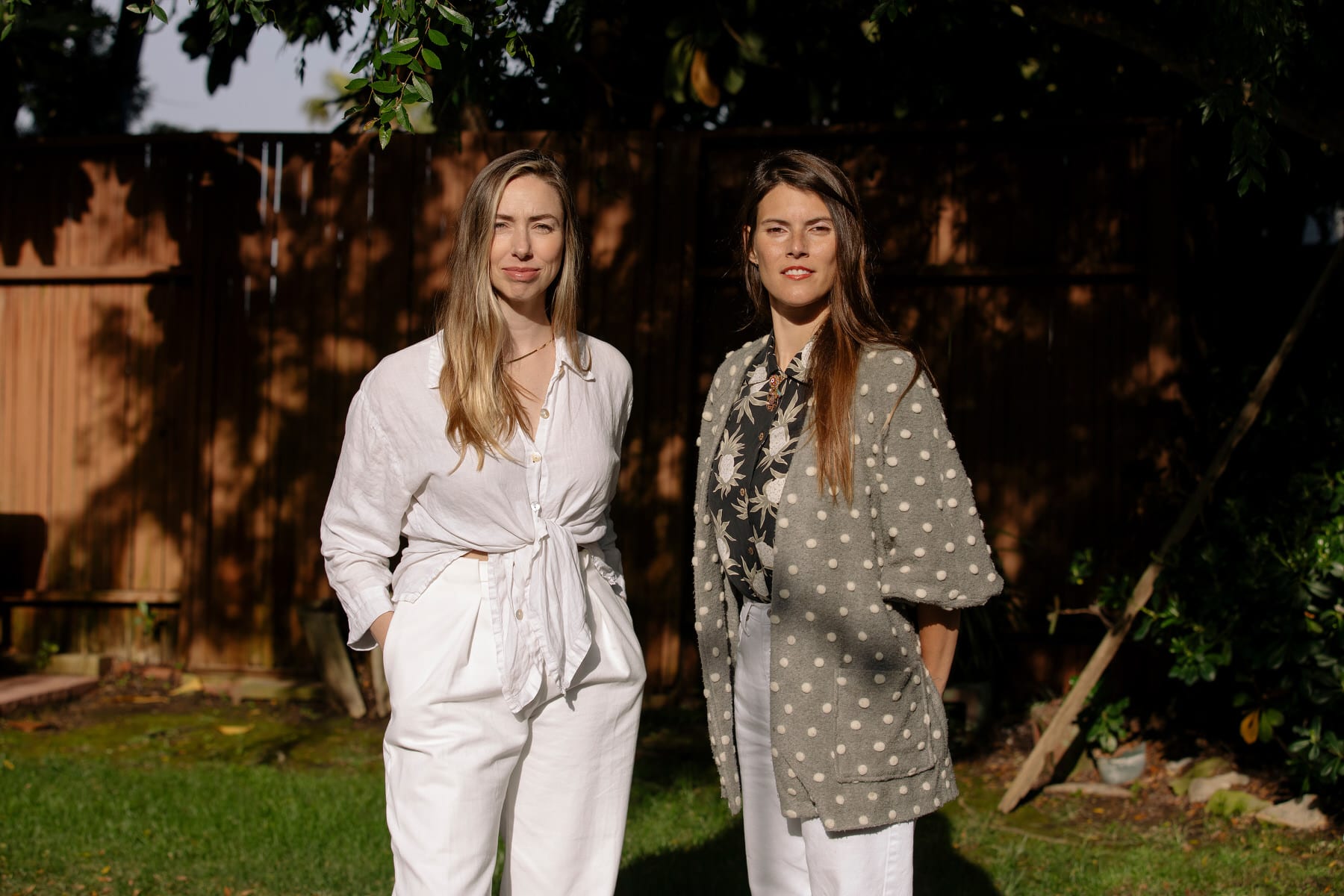This story was supported by the Solutions Journalism Network, a nonprofit organization dedicated to rigorous and compelling reporting about responses to social problems.
In rural northwest Arkansas, one of the country’s child care deserts, it likely would have taken Morgan Edington many months before she found a reliable sitter to care for her 1-year-old son on the unlucky nights when both she and her husband were called into work at the Clorox factory a town away.
She could manage most days, when the two parents were on opposite schedules. What she needed was what the child care industry calls “backup care,” the kind taken up by friends, family members or the occasional high school or college student when a parent is in a pinch. If it’s paid at all, it’s often not enough, and, for parents like Edington, who need it at odd hours, it’s usually unreliable.
Until recently, Edington would have had few options. She has no friends or family nearby, and even big providers — like Care.com and Bright Horizons, which offer backup care as an additional service — can’t always fill the gap.
But that’s all been changing. The pandemic caused mass closures of child care centers, putting a focus on just how weak the existing structures for care really are. That sent parents — especially mothers — in search of solutions.
Edington found hers in Helpr, a new, fast-growing service that allows parents to screen and book sitters in their area for last-minute care through an app. Parents can also add their own existing sitters — siblings, parents, friends — to the database and help them get paid for all the care they would typically perform for free. The service is paid for by parents’ employers, who partner with Helpr to subsidize the care as a work benefit. In the last year, Helpr has tripled its growth, now reaching nearly 100,000 workers through partnerships at about 30 companies, including Vice and Snapchat parent Snap. It’s also influencing the first piece of legislation in the country, out of California, that seeks to mandate that large employers offer backup care.
Edington recently got access to Helpr through her employer, Clorox, which offers 60 subsidized hours through the app. She taps into it once or twice a month, when her schedule overlaps with her husband’s, and pays her sitter about $8 an hour. Clorox pays the rest. (Workers on the app get paid the area’s living wage.)
For Edington, accessing the aid was transformational. In rural Arkansas, her options for affordable, quality care are slim. Her only choice was often a friend who lives three hours away.
“It fills a big gap that we have because we don’t have anyone else,” said Edington, 25, who is expecting her second child in November. Without options, she said she would “rather miss work than leave my kid with someone I don’t know” and don’t trust.
Having accessible child care is crucial to the financial and economic stability of parents, especially mothers, who are most likely to take time off to do care work. About 6 percent of unemployed people, most of whom are women, are not working because they are caring for a child who is not in school or daycare. That’s 6.3 million people, according to the most recent survey from the U.S. Census Bureau.
The disruption of child care has contributed to an exodus of hundreds of thousands of women from the workforce in the past year. A survey by the Federal Reserve Bank of Philadelphia in August found that nearly half of manufacturers in that region said child care challenges made it difficult to bring back furloughed workers or hire new ones, a problem that was affecting assembly lines. And in recent months, child care access has been framed by President Joe Biden’s administration as critical to parents returning to work. An extensive child care plan is expected to be included in the second piece of an infrastructure package that will be unveiled in the coming weeks.
It’s the moment Helpr co-founders Kasey Edwards and Becka Klauber Richter have been working toward in the five years since they launched the app after working in the child care industry themselves. They created Helpr with the idea that access to backup child care could help parents fully participate in the workforce and keep them employed. Now the moment is meeting them, the pandemic making the case they’ve been trying to make for years: Offering this benefit is essential, not tangential.
“We envision a future where … child care should sit alongside [employment benefits like] vision and dental,” Edwards said. “It shouldn’t sit alongside the perks program. We’re not talking about discounted tickets to the Lakers game or whatever.”
The undervaluation of care work is reflected in how it’s paid — and how it’s not.
The median hourly pay for a child care worker in the United States was $12.24 in May 2020, according to the most recent data from the Bureau of Labor Statistics, making it one of the lowest paid occupations in the country. Child care workers earn less, on average, than retail sales workers, who earn a median wage of $13.02; housekeepers, who earn $12.61; parking attendants, who earn $13.02; and telemarketers, who earn $13.42.
Low pay and few benefits also contribute to high turnover and low retention rates in the child care industry— as high as 40 percent in some states. This makes it hard to find quality care for families that are already paying exorbitant rates to access it, annually costing parents more than in-state tuition at a four-year college in some states.
The care work that isn’t paid — the work often performed in homes by women — is estimated to be worth trillions of dollars a year. One estimate found that the unpaid work women do is worth at least $1.5 trillion a year in the United States if those women were paid minimum wage. On a global scale, that’s $10.9 trillion.

To help address that, Helpr ensures professional sitters are paid about $25 an hour on average, but must have at least two years of child care experience. The app is in most major cities, about 20 in the United States, plus internationally in Mexico, Canada, China, Argentina, Australia and others. Wages are adjusted based on the living wage in each location.
Helpr is also hoping to change another practice: expecting family and friends who typically do care as a favor for parents to not get paid at all. The service launched a new feature for onboarding family and friends in 2019, and it has since become fully integrated into the Helpr app. It’s the most popular option for families, Edwards said. About 700 family and friend sitters have been uploaded so far. The app also offers about 1,000 of its own professional sitters.
“Everybody has some sort of village that they lean into, and we try to help those folks see that you can stop asking your sister-in-law for favors and you can put some money behind the transaction and formalize that relationship around that caregiving need,” Edwards said. “That way it’s more reliable, it’s more punctuated and it’s more helpful to both parties in the transaction.”
Grace Johnston, a tech worker in California, has onboarded her sister and sister-in-law into the Helpr app to help with care for her daughter, who was born in May 2020, when Johnston and her husband transitioned to working from home.
Having someone for just a few hours a day has made a massive difference.
Grace Johnston, a tech worker in California who uses the Helpr service.
“I realized within a few days that it was unrealistic for us to both work full time and watch our baby. That is when we started relying on Helpr,” Johnston said. “Having someone for just a few hours a day has made a massive difference and has made it feel totally sustainable to both keep working from home with the baby.”
For family and friend sitters, parents provide a name and email, and Helpr handles the onboarding process. Johnston uses the app several times a week and pays $6 an hour. Her employer, a tech company in Silicon Valley, pays the rest. Because she can rely on sitters she already trusts, Johnston said she feels more comfortable using care services more frequently, calling it the single thing that has had the “biggest impact on my journey to become a working mom.”
But there are still barriers to adoption, both for parents and companies, Edwards said. About 42 percent of parents are afraid using the child care benefits provided through their employer could put their job at risk, according to a survey by Catalyst, a nonprofit that does research on working women.
“We’re going to continue to face challenges on user adoption,” Edwards said. “There’s still a lot of guilt for a lot of moms and parents who don’t want to feel like they’re over overstepping or leaving their kids alone.”
What’s encouraging, in the face of the pandemic, is that more companies are looking to normalize access to child care benefits as an economic imperative that improves retention. The recession has also created the space to even have the conversation about solutions.
“We’re really excited about this being a new language to say, ‘The bottom line of any company is highly supported by this network of people who are taking care of everyone’s kids,’” Edwards said.
Normalizing access to backup care is something Helpr believes can also be legislated. This year, it worked to draft a bill that would mandate that companies with more than 1,000 employees offer backup child care as a benefit.
In California, state Assemblymember Wendy Carrillo took up the cause, introducing the legislation in February — the first time a bill of its kind has been proposed. Employers would be required to subsidize 60 hours at an estimated cost of as little as $50 per employee, per year.
That number changes depending on how much employees tap into the benefit — many employees don’t use ancillary benefits at all even if they’re available. Adopting something like Helpr would be particularly costly for smaller businesses, which is part of the reason Carrillo left them out of the legislation.
In the tech world, backup care isn’t a new idea. Some of the country’s largest employers have offered the benefit for years, including Apple, Facebook, Microsoft and Google. In 2019, a group of about 1,800 moms at Amazon, who called themselves the Momazonians, campaigned for the benefit before the company agreed to offer it temporarily last year. It expired in October.
In the past several years, workers have been more vocal about requesting the benefit, prompting other companies, including Starbucks and Best Buy, to start offering backup care, too. That’s expected to grow in the wake of the pandemic, when companies are implementing more flexible benefits, particularly for working parents. Care.com and Bright Horizons, the leaders in the backup care space, have also pointed to increases in the use of their platforms, including the backup child care option, since the start of the pandemic.
A change in legislation makes a pretty clear business case for Helpr, which stands to benefit from mandated backup child care, particularly in California. But it would also open up the market, drawing new companies and possibly sparking similar legislation in other states.
“This could advance, not just the actual benefit availability for families, but really step forward that culture,” Edwards said.
It does present a barrier for companies, which would be required to incur the additional cost if the legislation passes at a time when many businesses are trying to return to normal operations following the worst of the economic fallout of the pandemic.
The pandemic is also why Carrillo said this year felt like the right time to propose the bill and tap into the opportunity to “radially change the way in which parents and companies return back to a functioning society.”
“Why can’t [child care as a benefit] be the standard?” Carrillo said.

Business groups have already come out against the proposal. The California Chamber of Commerce dubbed the legislation one of its “job killer” bills of the year, calling it a costly requirement that is unnecessary in a state with expansive paid leave regulations.
“We share your concern about the availability of child care as an important support for working families,” the chamber wrote in a letter to the state, adding that “without viable child care solutions, and reopened schools, working parents will have a difficult time returning to work.”
“The issue is not whether child care should be robustly available, but who is responsible for paying for this service,” the chamber said. “Employers cannot be the safety net for this pandemic or for addressing the ills of society generally.”
The aid, it argues, should instead come from the state or through the expanded federal programs in the light of the pandemic, including the expansion of the child tax credit, that are aimed at providing parents additional funds for child-related costs like backup care.
“As businesses struggle to maintain operations and avoid additional layoffs while they recover from COVID-19 closures, now is not the time to place yet another burden solely on the shoulders of California’s employers,” the chamber said.
But Carrillo and Helpr see the bill as a long-term investment born from this moment.
“It is an opportunity for larger companies to think about all the realities that have already been proven about how difficult it is for women to return to the workforce,” Carrillo said.
She also sees it as an issue of equity.
“To me, this is an actual real example of what shattering the glass ceiling looks like,” she said. “That also includes the recognition that women are also mothers and caretakers.”






